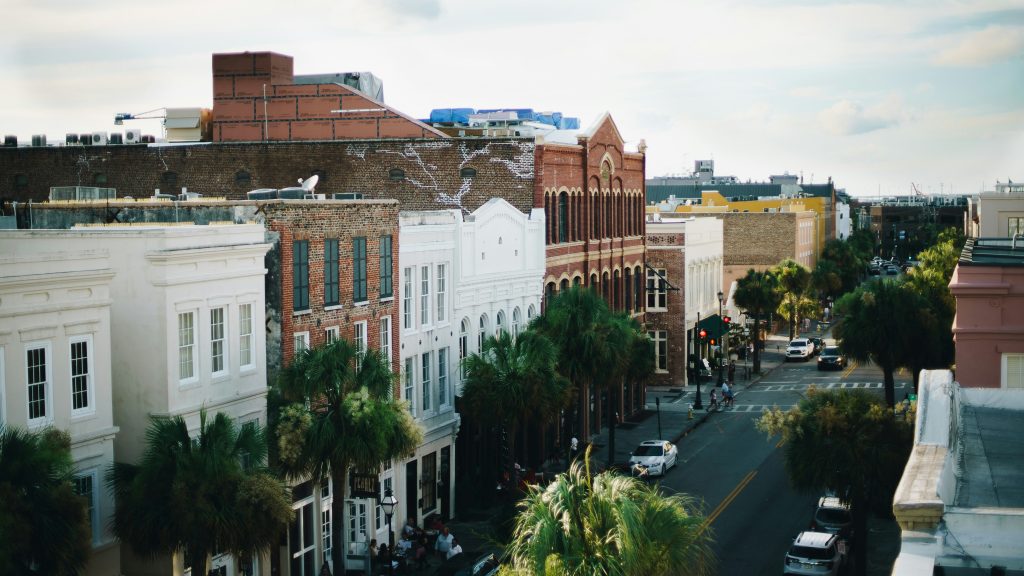The Main Street Problem
Observation:
Many smaller cities in North America are faced with a problem of deteriorating main shopping streets with older buildings usually two to three storeys high. In these buildings the main floor and the basement are occupied mainly by stores and this main floor is mostly changed beyond recognition by severe and often tasteless “storefront modernizations”.
The upper floors meant for offices and apartments are often vacant due to awkward access, danger and fear of fire, squalor of the buildings etc etc

Photo by Cody Silver on Unsplash
The authorities are then faced with the alternates of:
doing nothing and watching the shopping street and the City Center deteriorate further
demolishing entire streets and buildings and replacing them by large government-sponsored or government-supported reconstruction projects such as shopping centers, with the high cost of expropriation, the high cost of finding alternate accommodation for the remaining residents of the area
or by
providing incentive to private building via new construction or renovation of existing buildings
The incentive could be
- the provision of parking spaces by The Authority, the upgrading and modernization of City owned streets and circulation systems
- the enactment of laws that make the renovation of old buildings easier
- the building of new elevated pedestrian concourses built by the city on city-owned street property
The city-built pedestrian concourse then can be a powerful magnet to make the use of the upper floors of old building safe and attractive, thereby adding financial incentive to private landlords to renovate their buildings.
People would come back to Main Street to shop and to live there.
The cost of 3 compared with 2 then might be quite attractive to municipalities.
